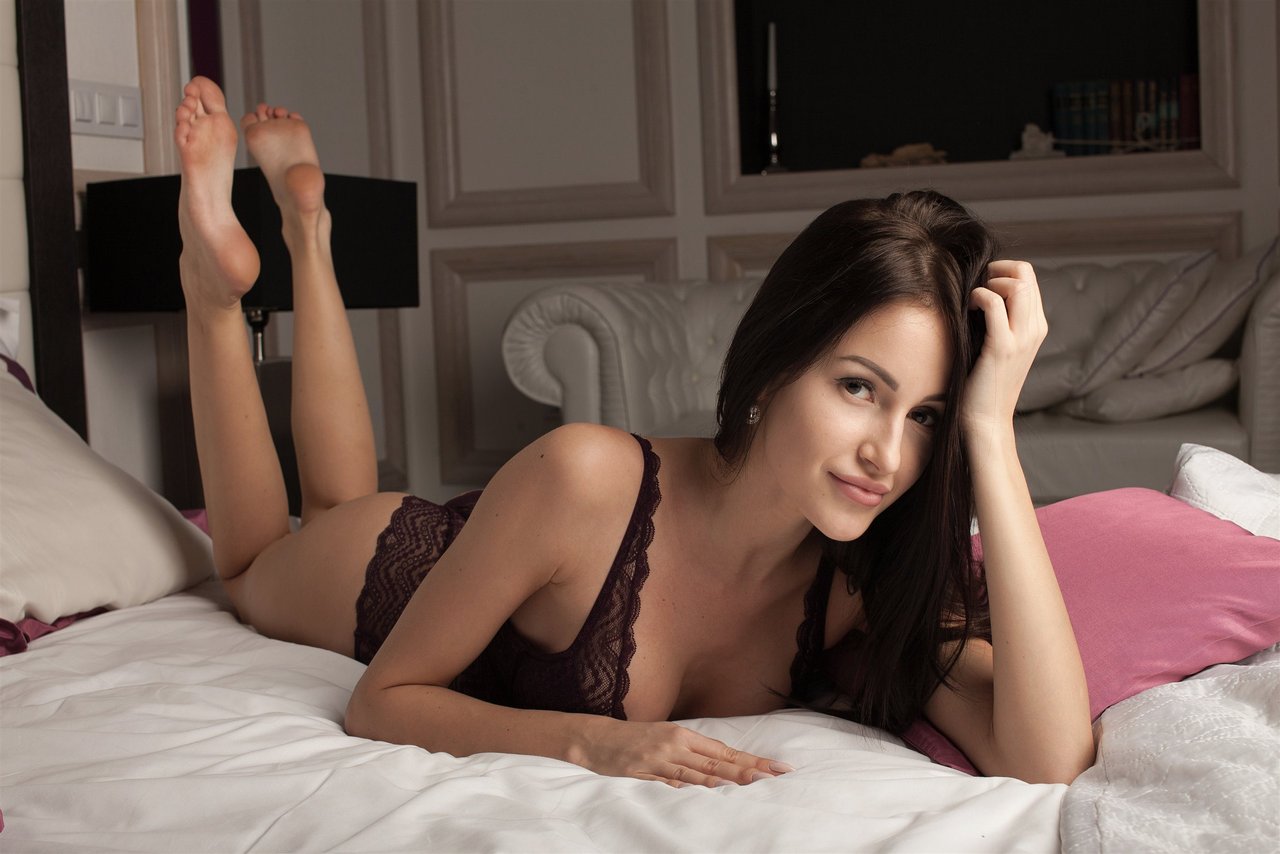Define Bisexuality — What the Meaning of Bisexual Really Is Today
Everywhere you look, “bisexual” gets used — in pride speeches, on dating apps, in TV scripts. But what does the meaning of bisexual actually include? At its simplest, bisexuality means attraction to more than one gender. It’s about being open to romantic or sexual connection, not limited to just men or just women.
As language and understanding have evolved, so has the definition. Originally “bisexual” meant attraction to both men and women. Now it’s recognized as attraction to two or more genders — not binary logic, but a spectrum. Many bisexual people feel attraction across the gender spectrum, including non-binary individuals.
Understanding how bisexual fits into the LGBTQIA+ community is key. It’s a space that links same gender attraction and attraction outside your own gender. Bisexuality stands on its own in the queer community—not as “half gay, half straight,” but as a complete and valid orientation.
This matters. Having a clear, authentic definition of bisexuality is about more than labels: it’s a way for people to find themselves and their place in an often confusing world. Labels aren’t walls—they’re doors. When you define bisexuality for yourself, you claim the power to say who you are, how you love, and where you belong.
Bisexuality Myths — Challenging Stereotypes and Bisexual Meaning
Misconceptions follow bisexuality like shadows, even inside the LGBTQIA+ community. The first common myth is “bisexuality is just a phase.” That idea stems from outdated beliefs; real data shows bisexual is a long-term identity for millions (The Trevor Project, 2023). Another stereotype is “bisexuality is transphobic,” which is false—being bisexual means attraction to more than one gender and includes those who are non-binary or transgender.
Ever hear, “you can’t be bi if you have a preference”? Not true. People can have different levels of attraction, called bi preferences, and are still bisexual. The myth “bisexuals are more likely to cheat” has no evidence and comes from misunderstanding relationship boundaries, not orientation. Finally, “bisexuality erases other sexualities” is false—many communities celebrate plural identities, with bisexual meaning inclusive, not exclusive.
Challenging these bisexuality myths isn’t about arguing—it’s about clearing space for real acceptance. A true understanding of bisexuality, and persistent debunking of stereotypes, allows the bisexual community to exist fully, openly, and with pride. Every time a myth falls, someone, somewhere breathes easier.
Bisexual vs Gay — Clarifying Bisexual Meaning and LGBTQ Identity
Telling the difference between bisexual vs gay often trips people up. Gay usually means attraction exclusively to the same gender—someone who is exclusively attracted to men or women, depending on their own identity. Bisexual, on the other hand, means being attracted to more than one gender, sometimes described as “across the gender spectrum.”
The difference can be subtle. For example, both gay and bisexual individuals can feel same gender attraction, but bisexual people may also experience attraction to others. Some also compare pansexual vs bisexual: both are attracted to multiple genders, but pansexual typically describes attraction regardless of gender altogether.
Labels can feel restrictive, but they’re also tools for finding your people. For some, calling themselves “gay” feels right; for others, “bi” describes their identity better—even if their relationships look similar on the surface. What does bisexual mean, then? It holds space for possibilities, room for growth, and the freedom to love beyond simple categories. Ultimately, self-identification matters more than rigid definitions. Understanding the nuances helps avoid assumptions and opens up conversations about true relationship preference and authentic self-expression.


